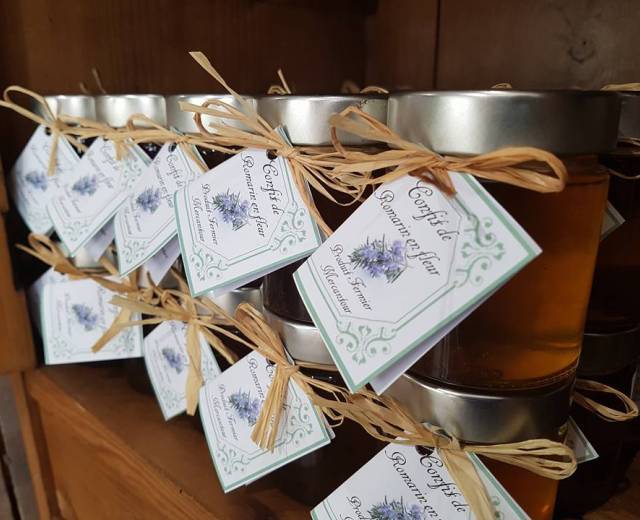
Avenue Charles de Caqueray
06450 Saint Martin Vésubie
France

Avenue Charles de Caqueray
06450 Saint Martin Vésubie
France

23 avenue de Bourgogne
52190 Vaux-sous-Aubigny
France
Unspoilt by man up until 400 years ago, the Réunion has become the cradle of a new society. In this National Park with its contrasting landscapes and its volcanic circuses and its forests of tamarinds, a special island culture developed combining tradition, modernity and cultural blending.
Patchwork: is the term which best defines Réunion society. This melting pot population from diverse and far away cultural origins have distinguished over time its differences with Creole lands with a similar history. More than anywhere else it carries the concept of a diversely rich and inspiring culture.
Whether a modest or a grand abode, the traditional habitat is almost always surrounded by a decorative garden. In this green environment, architecture, born of the cultural history and the adaption to the tropical climate, is often similar to other colonial island regions: small wooden huts with metal sheet roofs, handsome Creole homes, varangues (verandas), lambrequins (mantles), guétalis (kiosks)…
The scent of flowers or grilled coffee and the rooster crows shape these long-time ″lontan″ atmospheres and highlight the art of Creole living. You will often see families meeting under the varangue veranda or having a picnic around a traditional dish on an open fire.
The Cirque de Mafate is a volcanic land with violent and contrasting features: rock walls face lush green and moist ramparts. This rugged terrain used to be a shelter for slaves seeking refuge. Their history has shaped the memory of the place as reflected in the toponymy. On the islets, narrow platforms on the side of the walls, self-sufficient lifestyles were developed around subsistence farming. A community of 800 people live there today, very attached to the balance they have found between tradition and modernity.
The first occupants were able to settle down here very modestly because of the many waterfalls and the sources of the Cirque de Salazie. In 1832, the discovery of thermal springs gave birth to the village of Hell-Bourg. The local aristocracy built beautiful Creole villas with their charming gardens and guétalis kiosks. The springs disappeared under a landslide in 1948, but the town kept its atmosphere of yesteryear, its remarkable architecture, traditional shops and its Creole spirit. It is classified as one of the most beautiful villages in France.

18 rue Emile Mussard
Grand Coude
97480 Saint-Joseph
Réunion
Hell Bourg
97433 Salazie
Réunion

15 rue Paul Hermann
Le Tévelave
97425 LES AVIRONS
Réunion

18 impasse SURCOUF
97442 Saint Philippe
Réunion